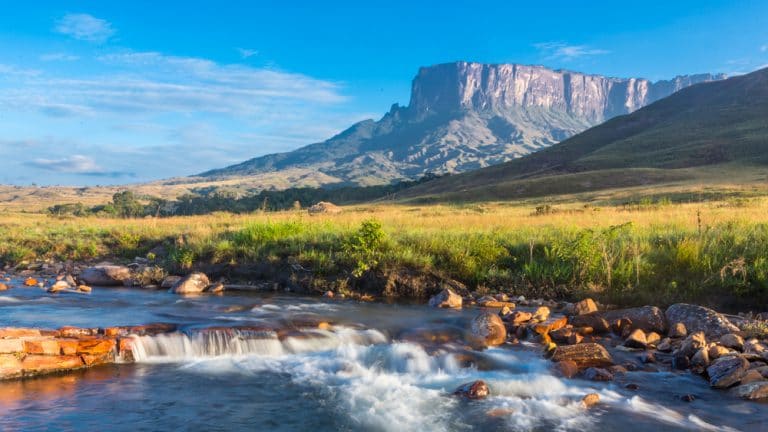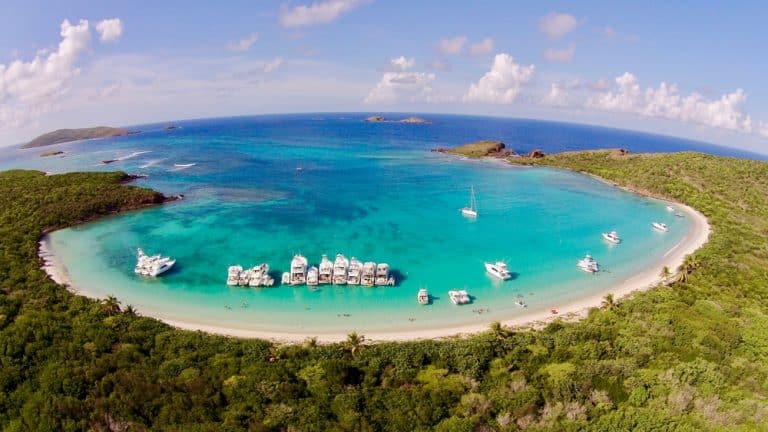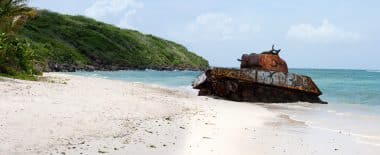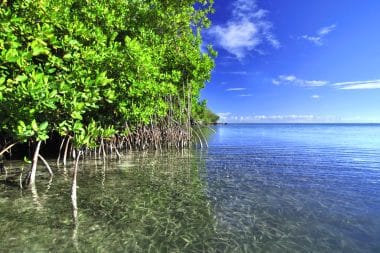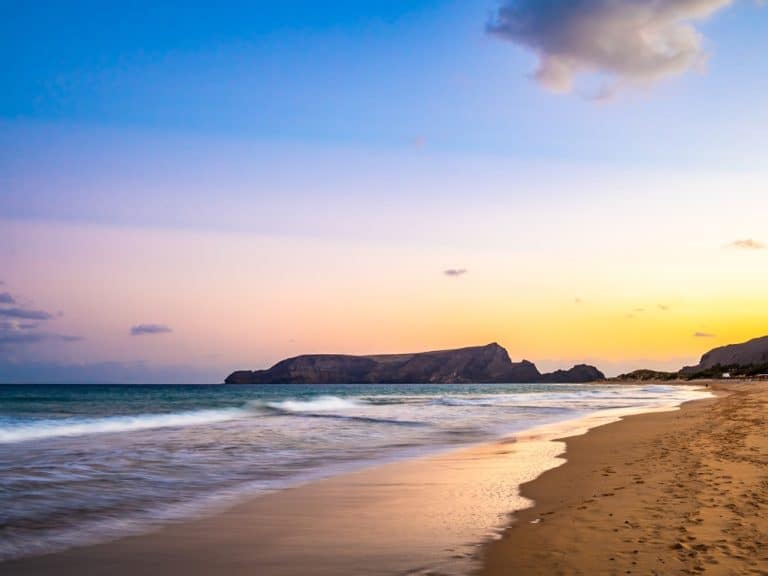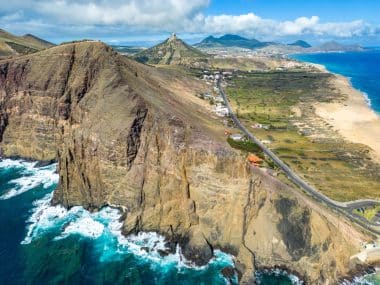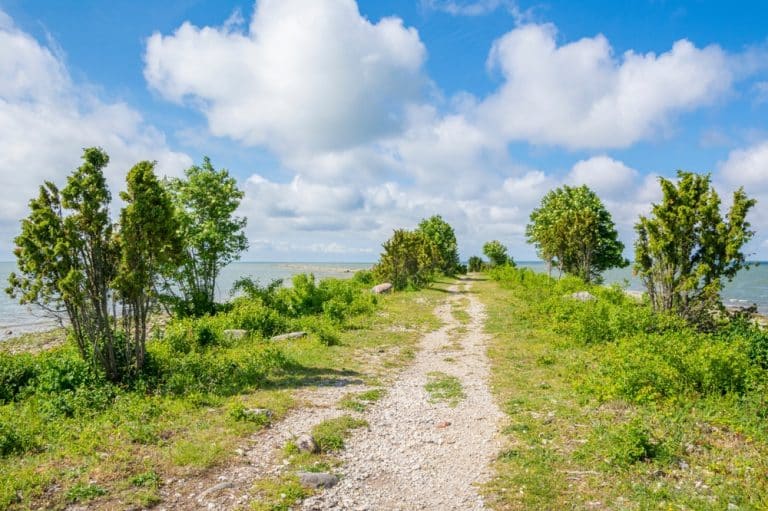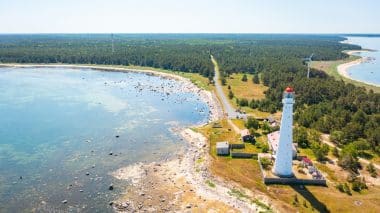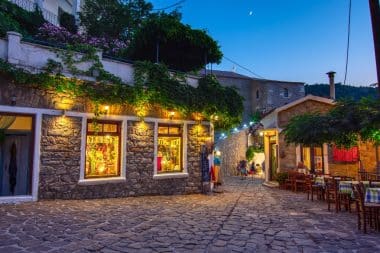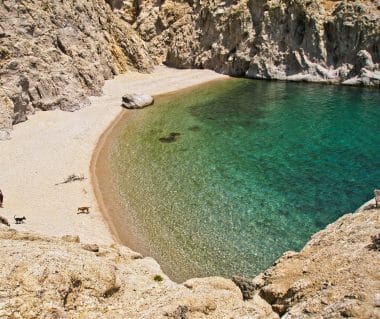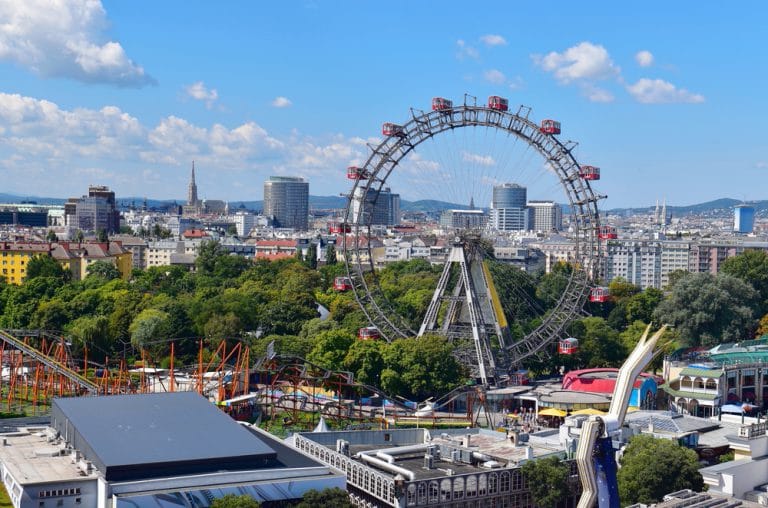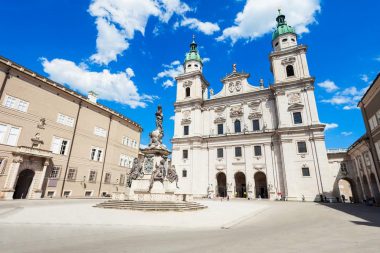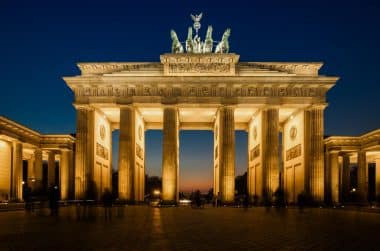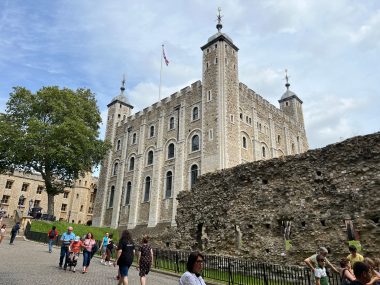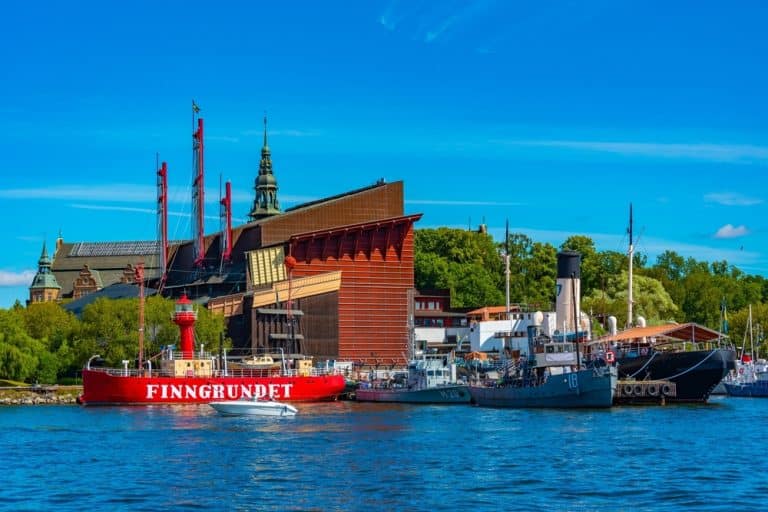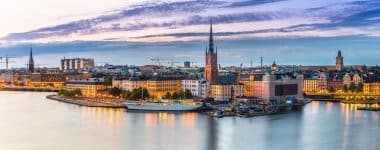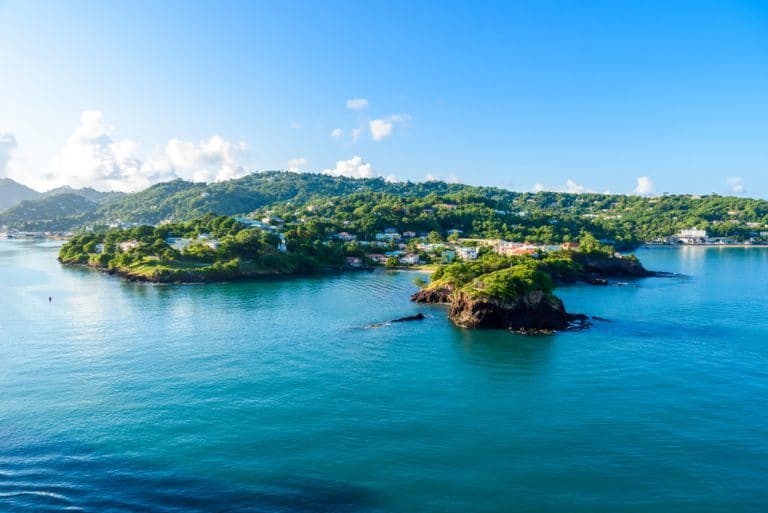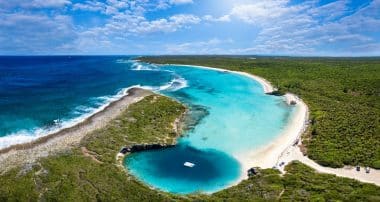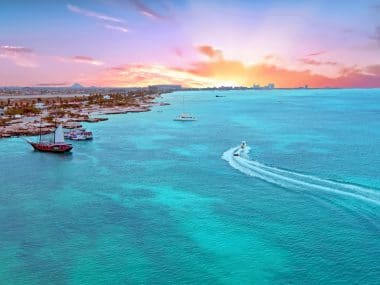When you think of the Caribbean , you don’t necessarily think of Venezuela first, but the South American country has a lot to offer. Often underestimated, the southernmost Caribbean state attracts with its impressive natural beauty, historically interesting sights and also culturally the former colony of Spain has a lot to offer.
With a coastline of 2,800 km, Venuzuela can score points with travelers with Caribbean dream beaches. But Venezuela is not a charming destination for a beach holiday, but also the magnificent mangrove forests of the north coast, the wide grasslands of the Llanos, the highlands of Gran Sabana and enchanting cities such as Caracas, Valencia or Maracaibo. Accordingly, Venezuela is an ideal destination for individual tourists, backpackers, nature lovers and those interested in culture.
The breathtaking national park of Venezuela

Travelling to Venuzuela means getting to know the Caribbean soul of the country and letting yourself be enchanted by the beauty of the tropical country. Highlights of the country include the Angel Falls / Salto Angel. The waterfall in Canaima National Park is located in the southeast of the country and is the highest free-falling waterfall in the world at 979 m.
The Angel Falls exert a special fascination, as they plunge down the famous Table Mountain and are fed purely by the rainwater that collects on the high plateau of the mountain. As the sixth largest national park in the world, Canaima National Park is definitely worth a visit, because lush green landscapes, idyllic lagoons and spectacular table mountains also enchant here. The national park has been listed as a World Heritage Site by UNESCO.
One of the most beautiful landscapes in Venezuela can be found with the Mochima National Park in the northeast of the country. Between the cities of Puerto La Cruz and Cumaná, which are well worth seeing, there are numerous dream beaches, unique coral reefs and a good 30 islands off the rainforest coast. Accordingly, the region is also interesting for divers and nature lovers who would like to observe dolphins and whales in their natural environment.
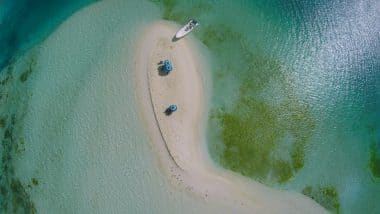
Caribbean flair can be enjoyed in the Morrocoy National Park. This is where the breathtaking dream beaches of Venezuela are located. Fishing is prohibited in the protected area, as are boat or ship tours. Accordingly, magnificent coral reefs are located here, which magically attract divers from all over the world. Away from the beaches, the national park presents itself with a dense jungle landscape that inspires with its biodiversity.
The largest sand dunes in South America are located in the smallest national park in Venezuela. Los Médanos de Coro National Park is located on a 20 km long land bridge in the north of the country. In total, there are 43 national parks and 36 natural monuments in Venezuela, so that one vacation is often not enough to grasp the entire scenic beauty of the country.
UNESCO World Heritage Sites in Venezuela
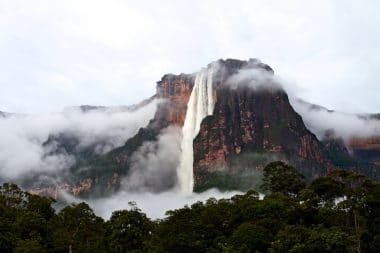
The UNESCO World Heritage Sites include not only the aforementioned Canaima National Park, but Venezuela can also claim two other World Heritage Sites. The historic center and the port of Coro are particularly worth seeing. The city has its roots in 1527 and was the first tourist seat in South America. In the old quarters of the city, beautiful colonial-style houses line the streets. A good 12 km from the old town is the enchanting old port “La Vela del Coro”, which has been included in the UNESCO World Heritage List since 1993, together with the historic city centre.
The third World Heritage Site is located in Caracas. Consisting of 40 buildings, the university town of Cracas is one of the most remarkable architectural achievements in the country. The city within the city was planned by the architect Carlos Rául Villanueva Hut. Built in the middle of the 20th century, the university city combines art and architecture and has been on the UNESCO World Heritage List since 2000.
Venezuela’s most beautiful places and places
In addition to the lively capital Caracas, large cities such as Maracaibo, Maracay, San Cristóbal and Cumaná also attract visitors, all of which have a lot to offer and can also score with good shopping opportunities and a good infrastructure.

Isla Margarita
The island of Isla Margarita is considered the spa center of the country and attracts with its rich historical heritage. Here it is worth visiting the Castillo de Santa Rosa and the old lighthouse. But the history of the island is also highly interesting and so it is also worth visiting the island’s museums or the wonderful churches. The Pueblos de Margarita Ethnographic Museum is particularly beautiful, as the museum complex is a large village that was built at the beginning of the 19th century.
The islands of the Los Roques archipelago are very idyllic and magical. The islands are the epitome of a Caribbean holiday paradise and so it is worthwhile to visit the archipelago during a round trip through Venezuela.
In order to discover the cultural peculiarities of the country, it is worthwhile to spend time in the small authentic villages of the country. Here you can quickly make contact with locals and also visit one or the other village festival. It is therefore worthwhile not to make the travel plan for Venezuela too tight, because there should be enough time to discover the numerous beautiful places of the country for yourself and enjoy their special atmosphere.


